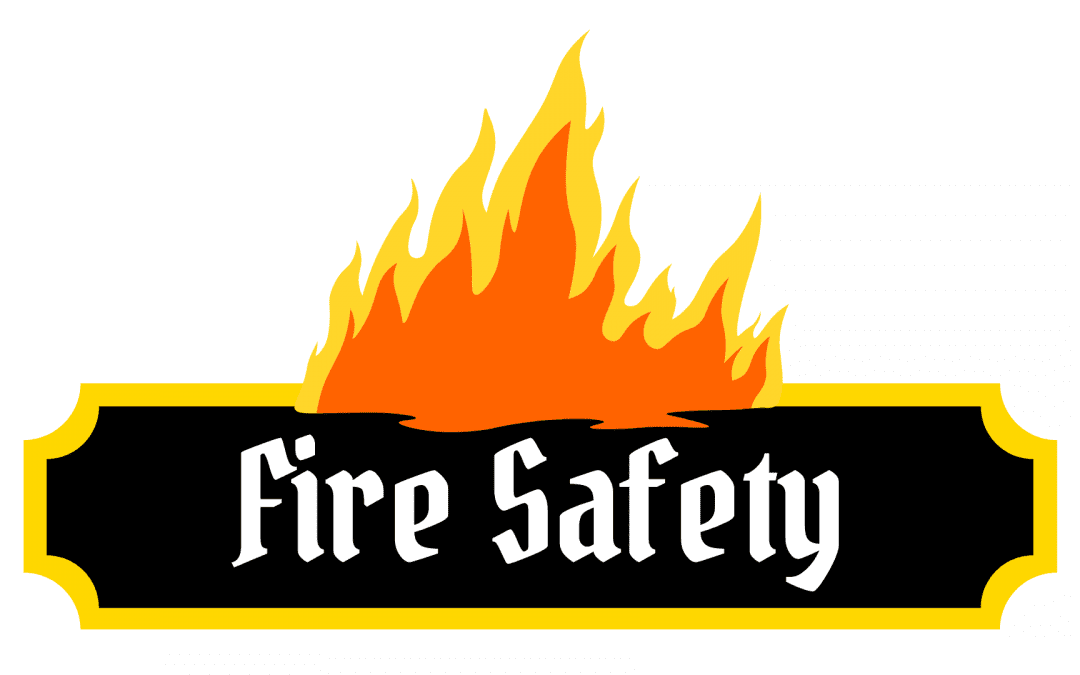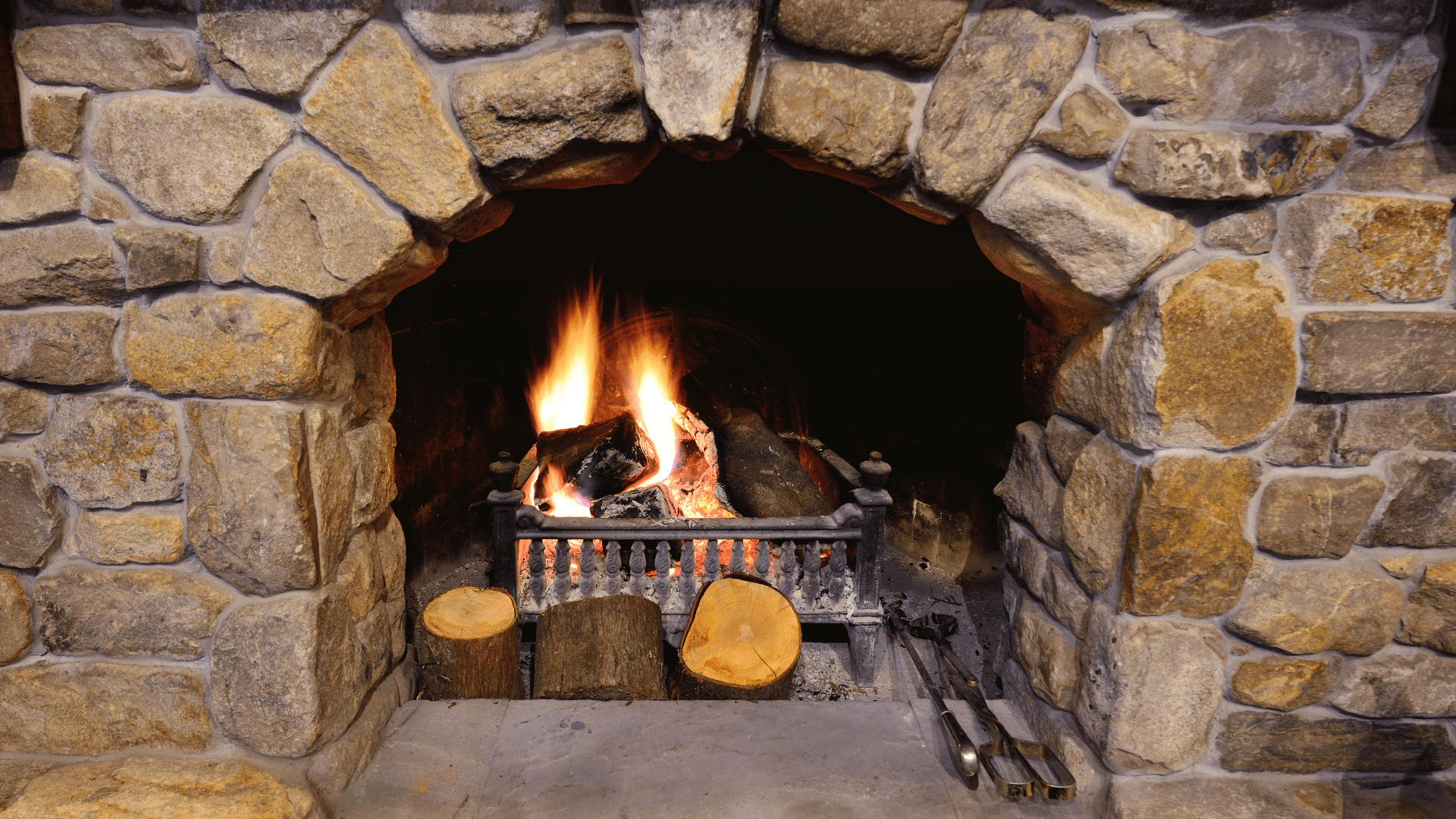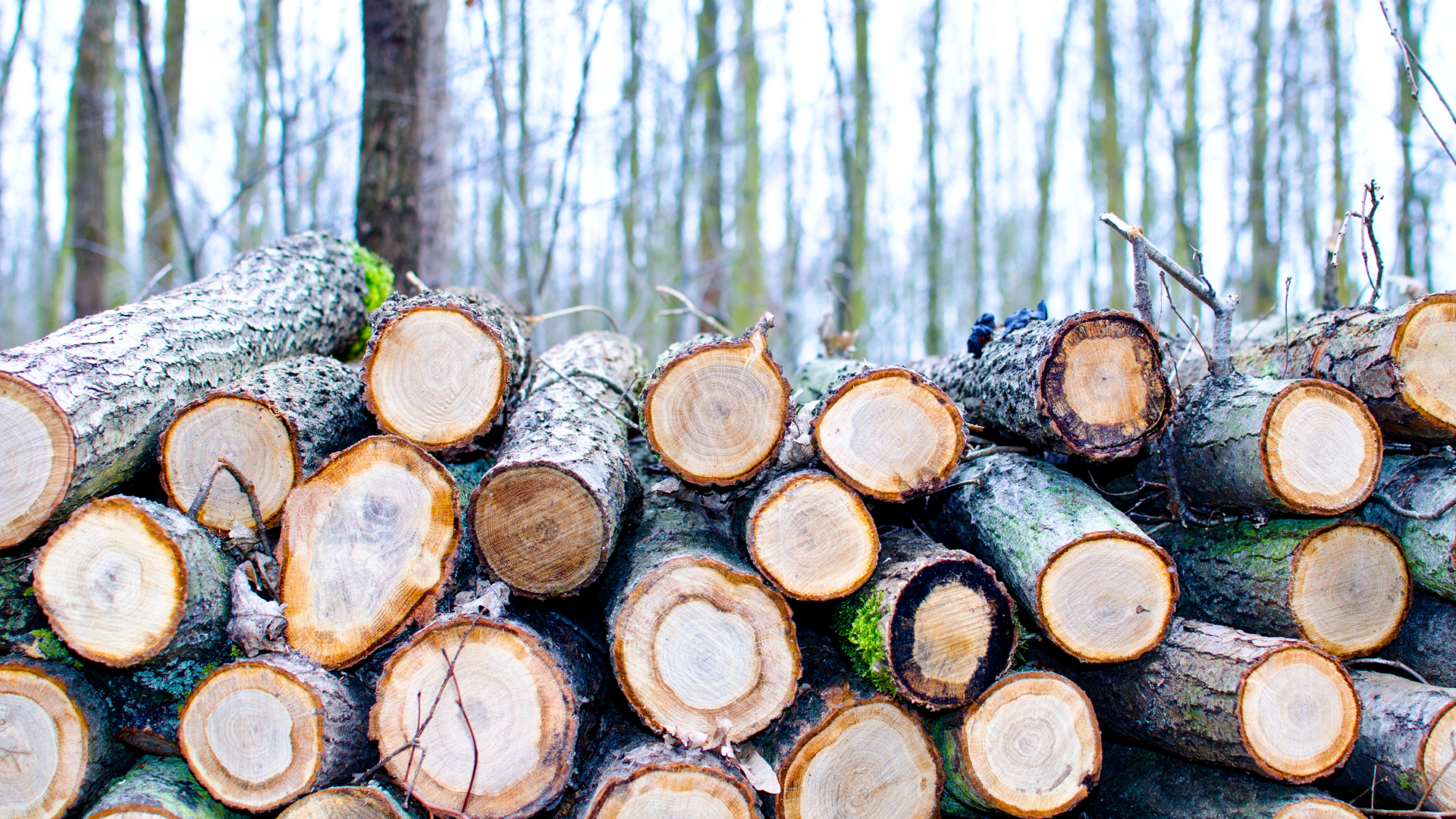As an increase in demand for Log burning stoves and wood fireplaces results in an increase in fire safety neglection and issues in your home. As we approach winter, here is how to avoid a catastrophe with your log-burning stove.
From knowledge of tools, logs and execution, to the layout of your home. An array of safety measures are needed to ensure your smooth sailing through the winter months and completely hassle-free.
Save money, time and avoid issues by using the correct log type
Ensuring the use of seasoned dry woods as comprehensively explained here will leave you with a swift and efficient fireplace. Keeping the hassle of flame maintenance to a low along with the cost-effective measures of using such slow-burning effective logs opposed to wet.
Unlike damp logs, the mature dry wood does not spit, quite frankly cleaner, more effective and easier log to use in your fireplace, keeping soot and ash to a minimum yet providing you with sufficient comfort.
Ensure your fireplace is well maintained and clean.
Using the wrong log type can often leave your fireplace in a messy state. With soot and ash taking over the show.
Soot filled fireplaces offer a host of issues such as poor ventilation, short fires and combustion.
Cleaning your fireplace keeps it tidy and also fully functional. It’s key to have good ventilation to your fireplace at all times.
Do keep your fireplace spaced away from any congestion
Do not take advantage of small spaces, keeping your fireplace well ventilated with a lack of cluster also helps with the functionality, effectiveness and safety of your fire.
With minimal amounts of concern, keeping a spaced fireplace can keep your mind at ease.
To get your dream fireplace in no time, take a visit to our Manchester Based showroom with over 50+ live fires on display.




